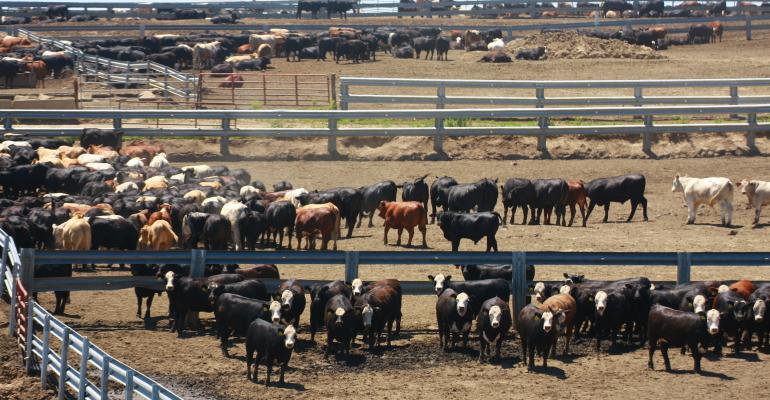Epimural microbiome may play role in liver abscesses in cattle
Microbiota associated with rumen papillae found to interact with host gene expression related to liver abscess development in feedlot cattle.

Different dietary and feed additive strategies have been developed to reduce the liver abscess in feedlot cattle, but liver abscesses are still a major problem in beef production, Waseem Abbas from the University of Nebraska-Lincoln said in a presentation to the Midwest meetings of the American Society of Animal Science and the American Dairy Science Assn.
Abbas added that there is limited knowledge about how rumen microbial communities interact with host epithelial gene expression in healthy and liver-abscessed animals, so he and his colleagues investigated the associations between the microbiomes associated with the rumen contents as well as the rumen epimural (papillae) microbiome and epithelial gene expression in liver-abscessed and healthy animals.
Abbas reported that ruminal contents and tissue samples were collected from 30 healthy and 30 liver-abscessed feedlot cattle at slaughter. The bacterial community compositions in the ruminal contents and papillae were evaluated via 16S rDNA sequencing of the V4 region, he noted, and total RNA was extracted from rumen epithelial tissues and sequenced.
According to Abbas, permutational analysis showed that the microbial community in the ruminal contents was significantly different (P < 0.001) from the bacterial community observed in rumen papillae, with the ruminal contents having a higher abundance of Bacteroidetes and Proteobacteria, while papillae contained a higher abundance of Firmicutes.
The papillae microbiota was different (P < 0.01) between healthy and liver-abscessed animals, Abbas reported, while the microbiome of the ruminal contents was not different between the two groups.
He further reported that differentially expressed genes were identified related to MAPK, NF-kappa B signaling pathway, immune and inflammatory response in liver-abscessed animals.
He concluded that the interaction between epimural/papillae microbiota and the host and its effect on liver abscesses indicates the need to more closely study the epimural microbiome for its effects on liver abscesses in feedlot cattle.
About the Author(s)
You May Also Like



